Reduction mammoplasty or breast reduction is the surgical reduction of abnormally large breasts by removing breast tissue and excessive breast skin and repositioning the nipple into a more normal and attractive location. Large pendulous breasts can produce neck and shoulder discomfort, and therefore, reduction mammoplasty is usually covered under health insurance. By achieving a more balanced and proportionate breast size, breast reduction in Gulf Shores can alleviate back pain and posture issues and improve confidence.
What Is Breast Reduction?
Breast reduction, medically known as reduction mammoplasty, is a surgical procedure designed to address the physical and emotional challenges associated with excessively large breasts. Excess breast tissue and skin are removed during this surgery, and the nipple is repositioned to create a more proportionate and comfortable breast size. This procedure is not solely about aesthetics; it aims to alleviate health issues like chronic neck and back pain, skin irritation, and difficulties with physical activities caused by the weight and size of the breasts.

Who Needs Breast Reduction?
Your preoperative consultation will include an inventory of the problems related to large, heavy breasts, including neck pain, back pain, raw areas under the breasts, and breast pain. Dense, heavy breast tissue also makes breast examination difficult. If you are suffering from these problems related to breast size, in addition to the cosmetic and figure deformities caused by large breasts, then you are a candidate for breast reduction.
You must carefully consider, before your consultation, what your goals are, and you must have a good idea as to your desired breast size. This will allow you and your surgeon to be on the same wavelength, and your results will be exactly what you expected. An extremely high level of patient satisfaction is typical for the woman undergoing breast reduction in Gulf Shores.
Breast Reduction Surgery: What to Expect
Depending upon your preoperative size, a blood transfusion may be indicated. If we anticipate the need to give blood, you will be asked to donate a unit of your own blood at least 2 weeks before surgery. This will allow your body to replenish the donated blood, which may be given back to you during the operation. This is an extremely rare occurrence.
Surgery for breast reduction requires rather extensive incisions to reduce the volume of the breast tissue in addition to reducing the skin envelope of the breast.
The nipple and areola must be lifted to a more normal position and centered over the remaining breast tissue. These incisions are carefully hidden in the natural creases and shadows of the breast.
Normally, scars mature and become less apparent after several months. To reduce the tension on your incisions and to help alleviate the discomfort that your breast weight causes on your sutures, a support bra is recommended. Skin tapes may be used to support the skin and to help flatten scars. You will find the bra will increase your comfort for several months postoperatively.
Breast Reduction Risks & Complications
Complications specifically related to breast reduction include nipple and breast size asymmetries, serum and blood collections beneath your incisions, and occasionally prolonged scabbing of the incisions. In very large breasts with a large nipple movement, there is a possibility of nipple or skin loss. The likelihood of this increases with obesity and smoking.

Breast Reduction Postoperative Instructions
Physical Activity:
- Do not stay in bed. Walk around. Sit in a chair.
- Continue to cough and breathe deeply to expand your lungs.
- Do not lift arms above shoulder height for 10 days. Remember this when dressing!
- Do not engage in any activity that will make you hot and perspire.
- Do not lift more than 10 pounds for 3 weeks.
- Do not drive until approved by your surgeon.
Personal Hygiene
You may shower or take a tub bath in water up to your hips. Do not immerse the incisions in water. You may wash your hair, but avoid raising your arms above your shoulders.
Drain Care
If you have drains that you go home with, empty the “strip” tubing and recharge the drain bulb every 4-6 hours. Record output by reading the amount from calibrations on the bulb. Otherwise, pour into a measuring cup to read the amount.
Dressings
Change dressings daily. Place one 4×4 gauze pad over each nipple. Place two 4x4s on any area of drainage. Do not be concerned if small pieces of tape come off, but DO NOT remove clear plastic dressing. There will be a small amount of drainage on bandages daily. If clear plastic dressings are on the breasts, leave them on until you see your surgeon. If blisters form, peel off a portion of the dressing over the blister and cover it with Neosporin® and 4×4 gauze.
Surgical Bra
Wear your surgical bra day and night for 3 weeks. Then, wear the bra during the day for the next 3 weeks. Soak or wash the soiled bra on a “cold, gentle cycle” in Tide® with bleach or Woolite®. Allow to air dry. Some stains may remain. Use hydrogen peroxide to lessen them.

Schedule Your Consultation
At McCollough Plastic Surgery, we are dedicated to offering a holistic approach to aesthetic transformation. Our practice is a trusted destination for those seeking a positive change. We believe that looking and feeling your best can pave the way for enduring health, happiness, and prosperity.
Our modern, multidisciplinary medical facility is situated in the heart of Craft Farms, an Arnold Palmer-designed golf resort just moments away from Gulf Shores/Orange Beach. As part of our commitment to your comfort and convenience, we provide on-site recovery villas with round-the-clock care to ensure a stress-free experience. While recovering, you can relax and enjoy the sea breeze with a view of the beach or golf course. Schedule your consultation for a breast reduction in Gulf Shores at McCollough Plastic Surgery — we ensure your surgical experience is comfortable and seamless.


